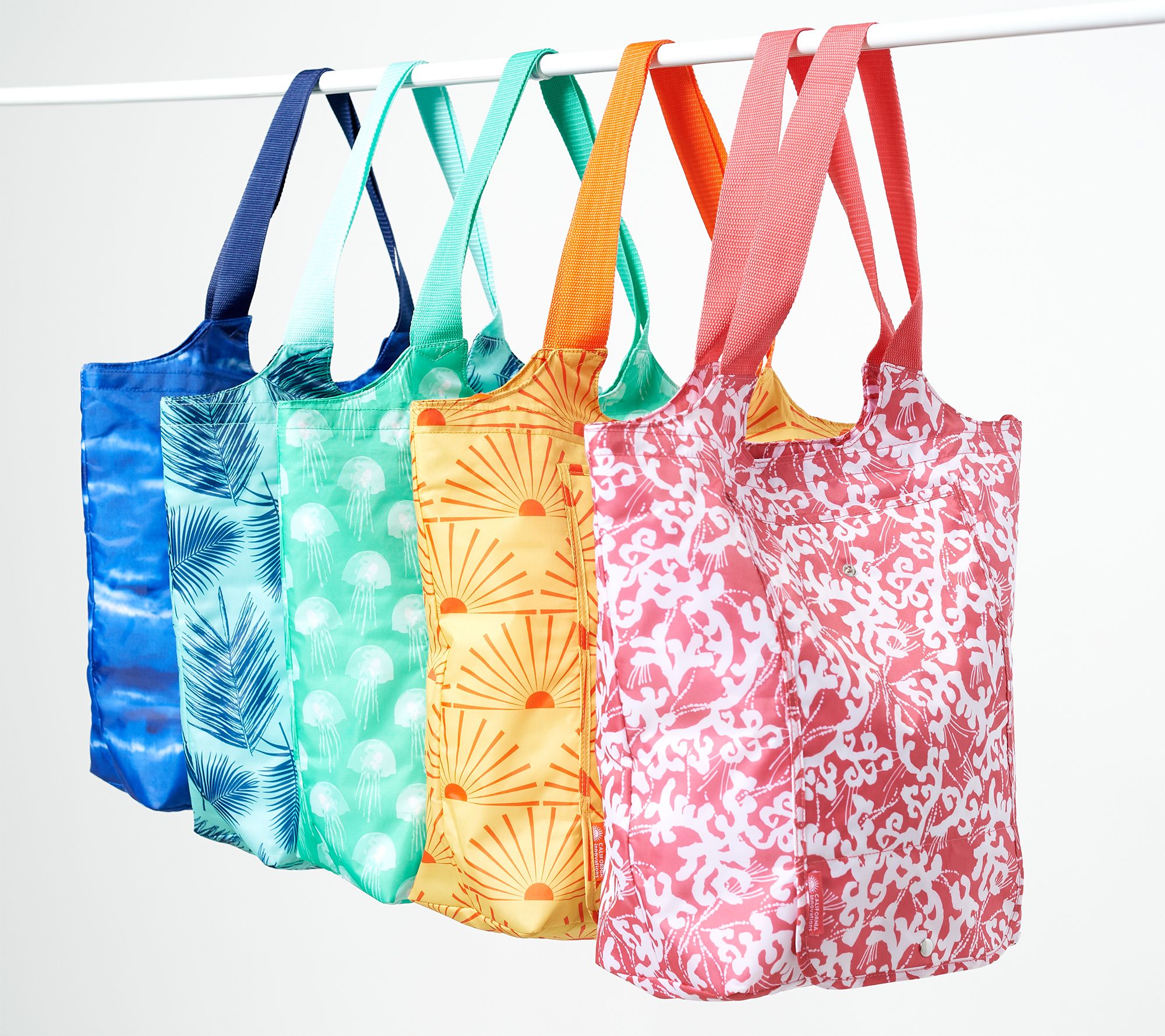Black Prada Re-Edition 2005 Re-Nylon Bag | Prada
Inspired by the iconic mini hobo bag, the Prada Re-Edition 2005 shoulder bag is made of Re-Nylon: a regenerated nylon yarn (ECONYL®)produced from recycled, purified plastic trash collected in the ocean, fishing nets and textile waste fibers. This versatile bag with Saffiano leather trim comes with a detachable pouch attached to the shoulder strap.
Inspired by the iconic mini hobo bag, the Prada Re-Edition 2005 shoulder bag is made of Re-Nylon: a regenerated nylon yarn (ECONYL®)produced from recycled, purified plastic trash collected in the ocean, fishing nets and textile waste fibers. This versatile bag with Saffiano leather trim comes with a detachable pouch attached to the shoulder strap.
- Product code: 1BH204_R064_F0002_V_V1L
- Saffiano trim
- Removable chain handle
- Detachable adjustable 85 cm logo-print woven nylon shoulder strap
- Removable Re-Nylon zipper pouch with Re-Edition keychain
- Metal hardware
- Enameled metal triangle logo on the front
- Zipper closure
- Re-Nylon logo lining
- Height: 18cm
- Length: 6cm
- Width: 22cm
MATERIALS
Fabric/Leather
Additional information
| Height | 18cm |
|---|---|
| Length | 6cm |
| Width | 22cm |






Reviews
There are no reviews yet.